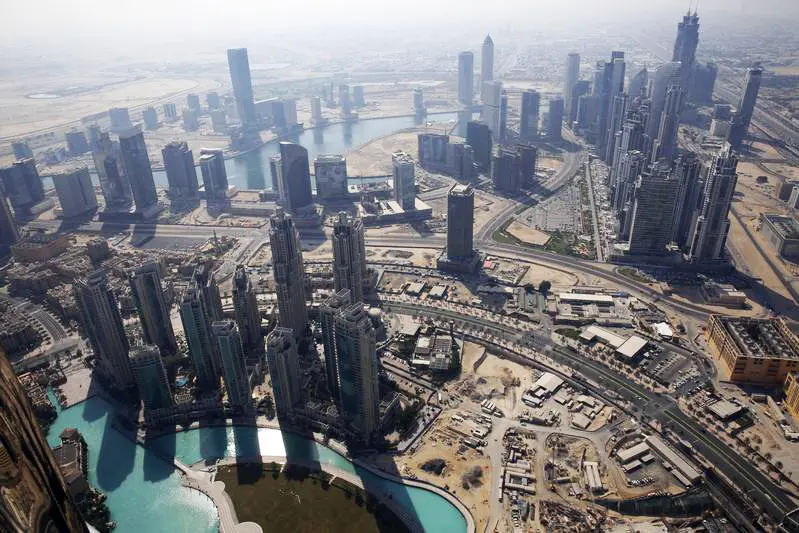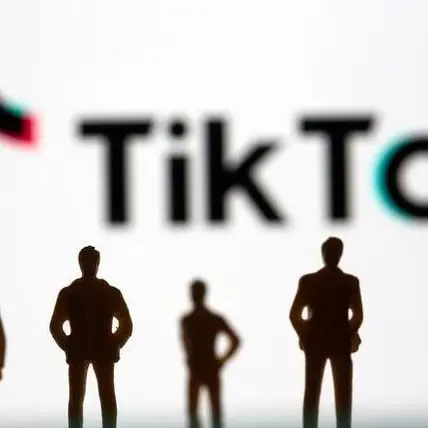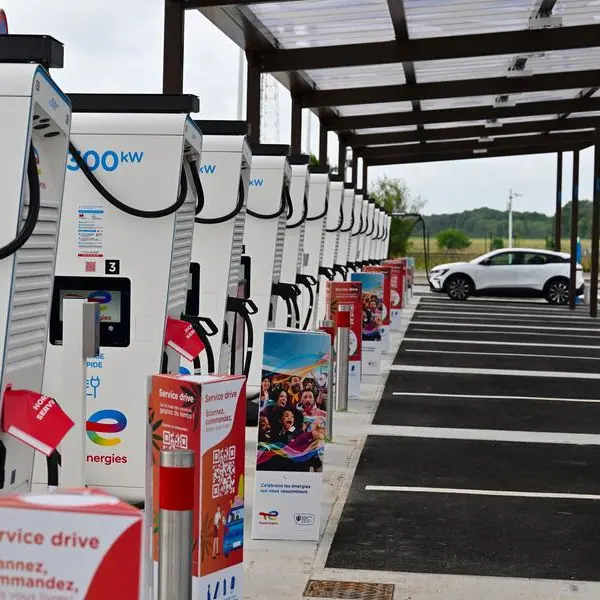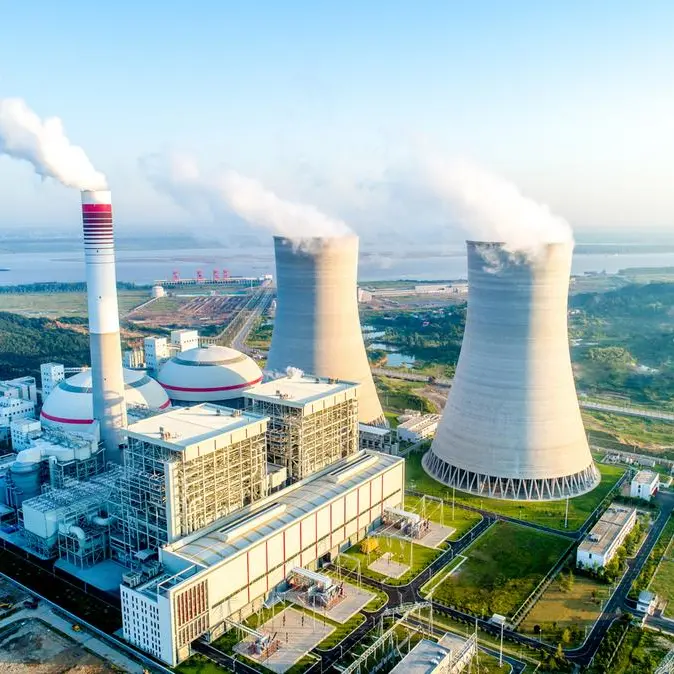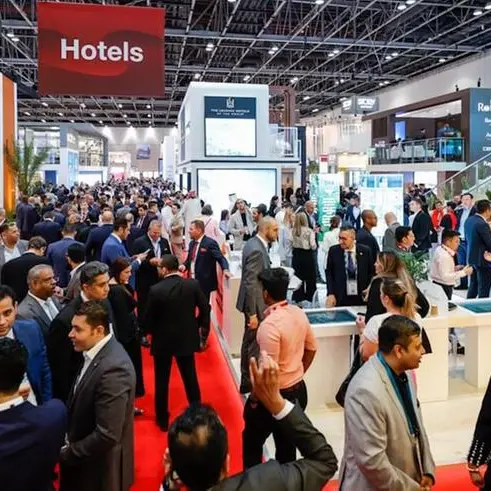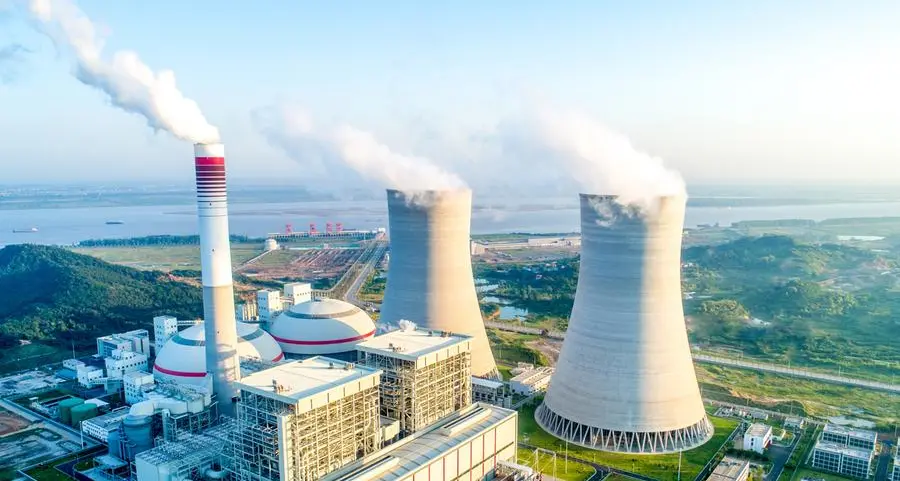PHOTO
Saturday, Nov 05, 2016
The decline in Dubai’s property values — something that’s been there since mid-2014 — seems to be coming to an end going by the latest data. In fact, the mid-market freehold clusters in the city are already showing some price gains, though still marginal.
At the same time, high-end locations — traditionally favoured by investors and which recorded the sharpest declines during the last 24 months — are either showing price stability in recent transactions or managed to lower the rate of decline appreciably, the latest Reidin-GCP data finds.
In the year-to-date, apartment values in Dubai are only down 0.5 per cent against what they were last year, while villas are 0.5 per cent higher this year.
With 2017 drawing near, the real estate sector and activity levels within it could be the silver lining that the local economy was direly in need of. Among the popular communities to be in positive territory on a year-to-date basis, there are the Springs and Meadows, as well as Discovery Gardens and Sports City.
Further up the pricing scale, clusters such as Dubai Marina and Palm Jumeirah are seeing the rate of decline drop appreciably. At the former, the year-to-date drop is now 431 per cent while at the Palm, it is down 4.9 per cent. For the Downtown, prices are 3.5 per cent down from where they were at the start of the year. That compares with the 6-12 per cent average declines that the market had been last year and through the second-half of 2014.
For buyers wanting to get in, the latest data could be the prompt to start the transactions now rather than wait longer. Delaying could see them exposed to the risk of seeing their property choice gaining in value in the interim.
And banks are willing to meet their requirements halfway … even further, if need be. “The rise in values is predominantly mortgage-driven,” said Sameer Lakhani, Managing Director of Global Capital Partners. “Transactions are rising not only in the mid-end but also at the higher end. The high-end cluster price drops have moderated quite a bit.
But it’s the Dh1 million to Dh2 million property deals that represent a near 60 per cent of the volumes so far this year, boosted by all of the units changing hands in Discovery Gardens and International City. Strip those two clusters, and the price band of Dh2 million to Dh4 million make up nearly 50 per cent of the overall volumes in Dubai, with Dubai Marina being the most traded location.
Other reports coming out are also talking up the possibility of a market slowly turning itself back into positive territory. According to ValuStrat’s latest report, the median value in apartment sales during September was Dh1,299 a square foot, and those for villas was Dh1,373 a square foot.
“Compared to the previous quarter, 10 locations saw (an) appreciation in values; International City having the highest quarterly improvement of 4 per cent, while Motor City increased by 3.4 per cent, and Dubai Production City (IMPZ) saw an increase of 3 per cent. There was a noticeable quarterly increase in sales of apartments priced between Dh2 million and Dh3 million and villas between Dh5 million and Dh6 million.”
The slightly bullish projections heading into next year is also due to the fairly healthy levels of mortgage financing support from local banks. And this is showing up clearly in the transaction data.
“Typically homeowners tend to buy larger size units compared to studios and one-bedrooms,” states the Reidin-GCP report. “An analysis of transactional activity by unit size in Greens and Downtown reveals that in the last six years, the former has experienced an increase in larger size units compared to the latter.
“A similar analysis was conducted in JVC (Jumeirah Village Circle) and Sports City. Although both communities had a higher percentage of studio and one-bedrooms, you have begun to see a shift in JVC towards larger size units. This implies that home ownership has begun to take root within this community, whereas Sports City remains investor driven and similar to Downtown.”
Dubai realty needs more white-collar professionals turning buyers
Official data suggest that only 18 per cent of Dubai’s working population take home more than Dh10,000 a month, which is the bare minimum for a mortgage. But in the 10 years from 2005, the population has seen a swelling in the ranks of white-collar professionals (by 48 per cent) and in the managerial class (by 87 per cent). More of them could provide a boost for Dubai’s property market, from a rental and sales perspective, according to Reidin-GCP.
For 2016, the latest estimated total supply of apartments and villas set for completion is 15,000 units, according to ValuStrat. Around 1,100 units were delayed from this quarter to next year.
Dubai’s population as of September 2016 is estimated at 2.56 million. Annual population growth rate was 5.6 per cent in 2015.
By Manoj Nair Associate Editor
Gulf News 2016. All rights reserved.
